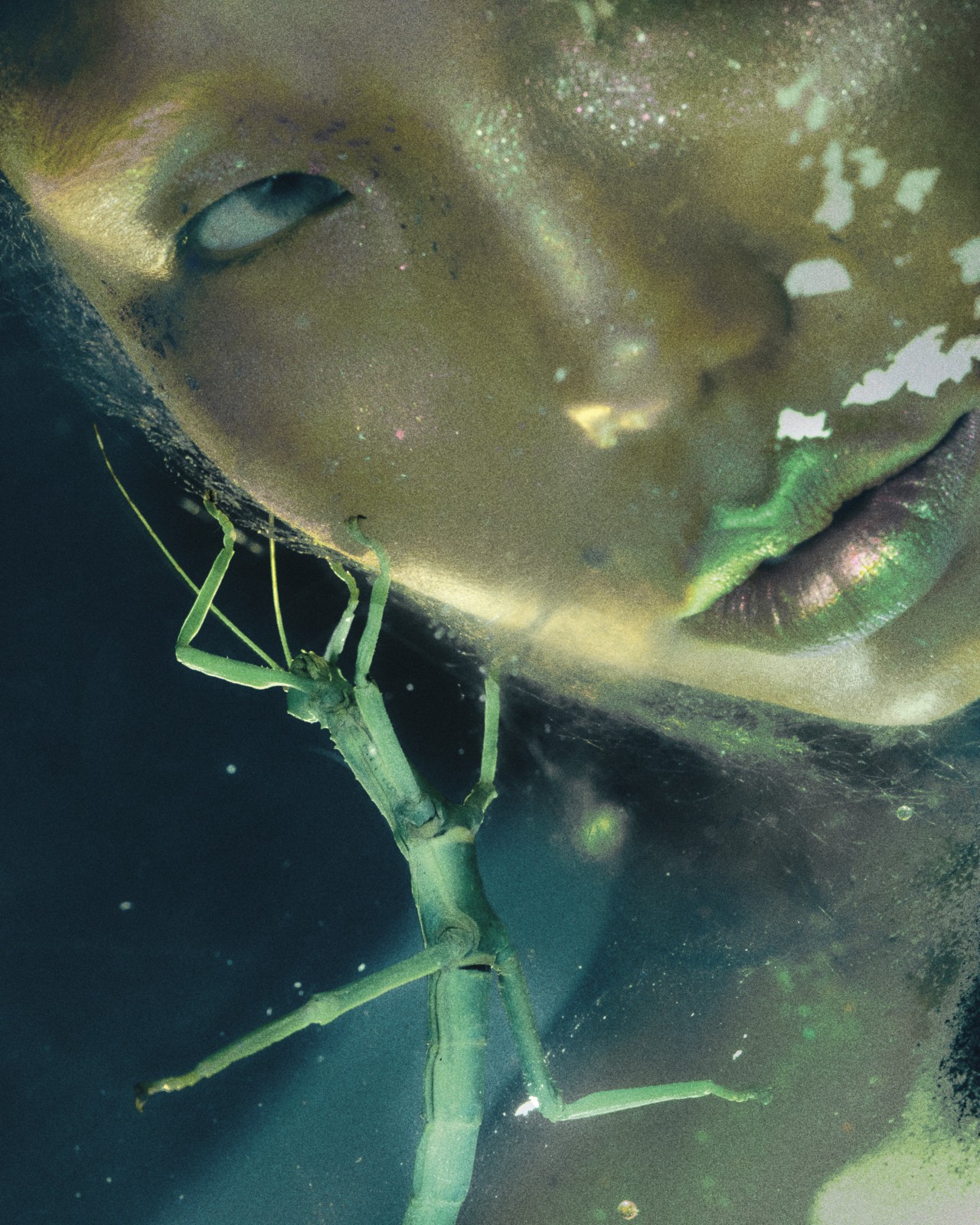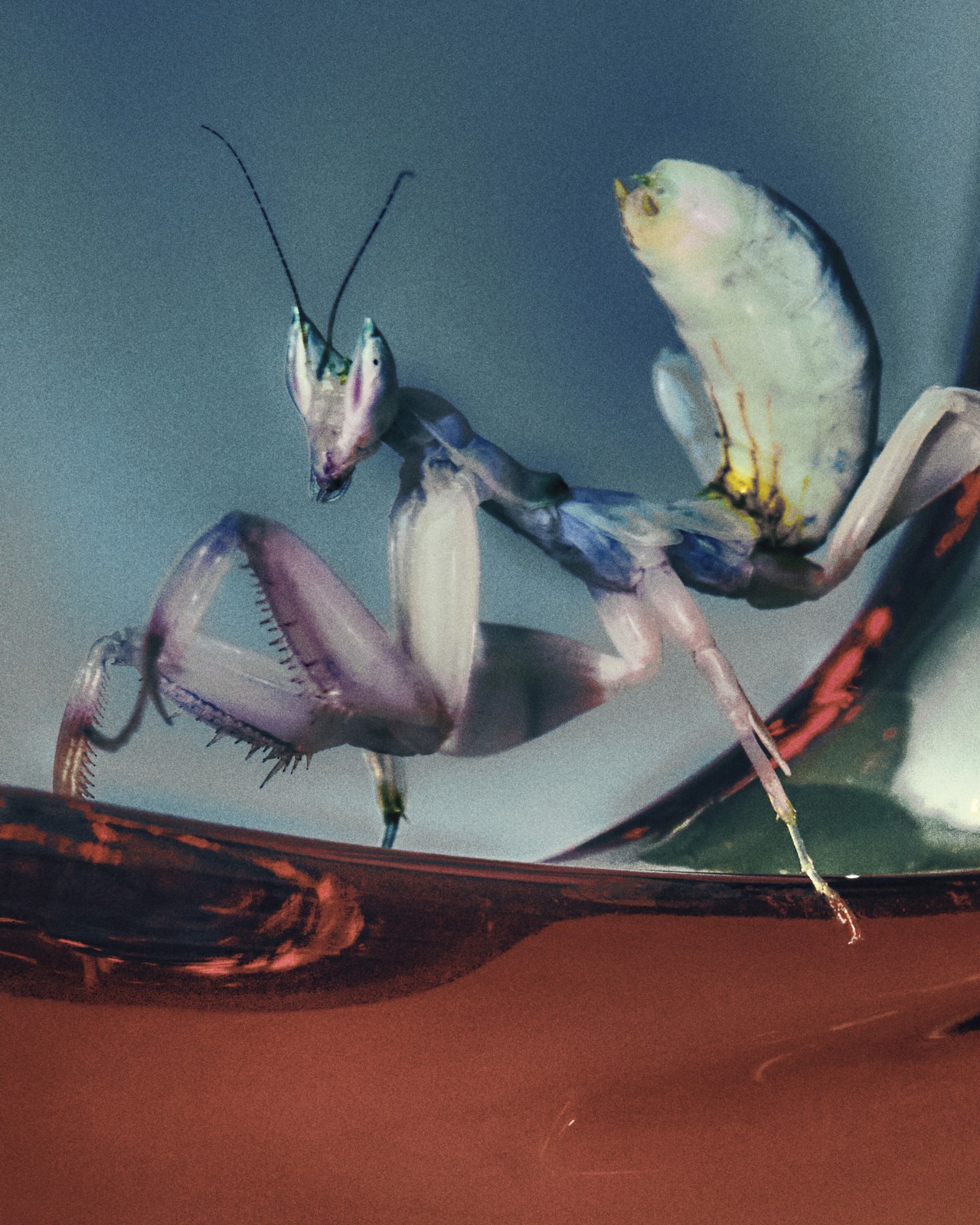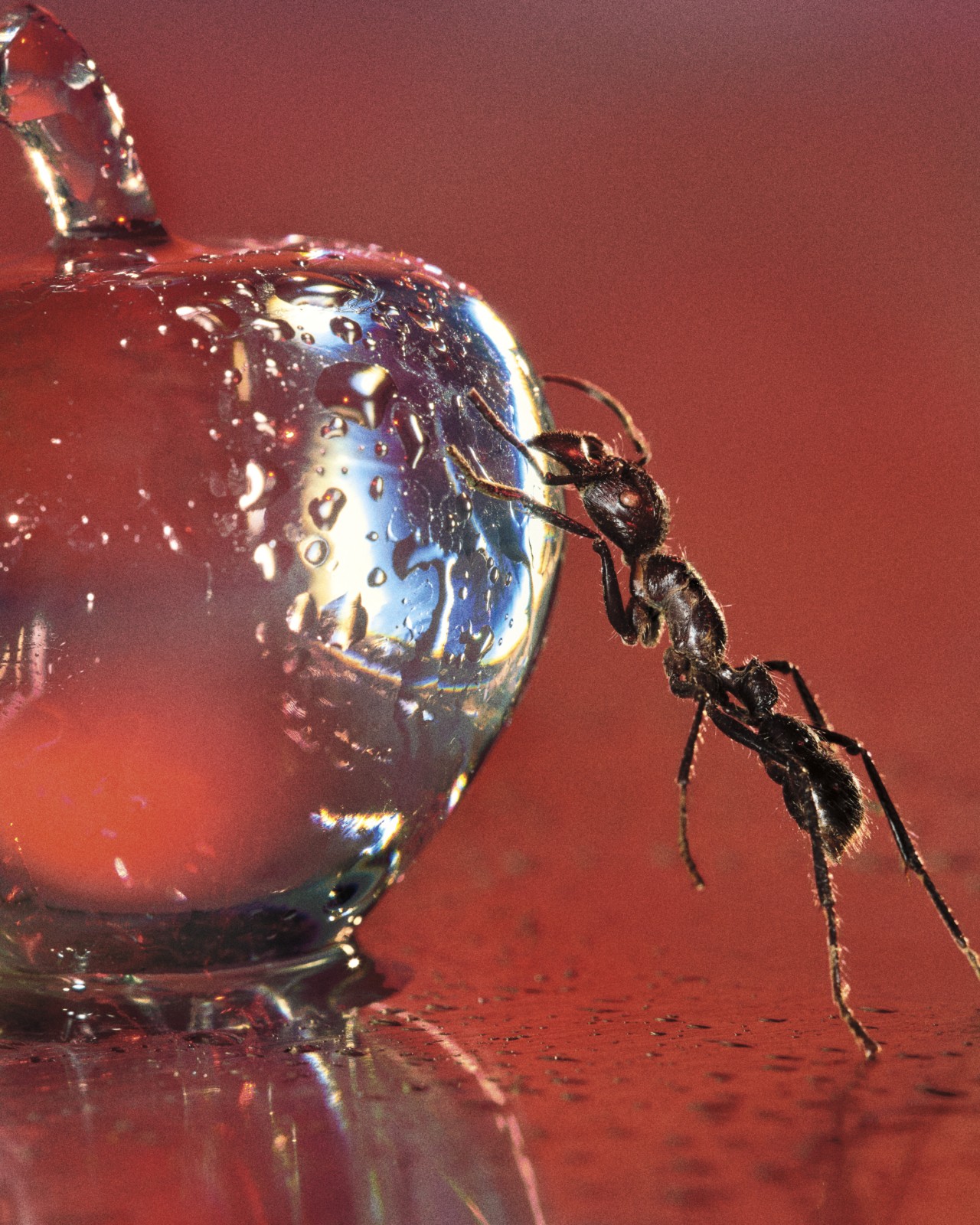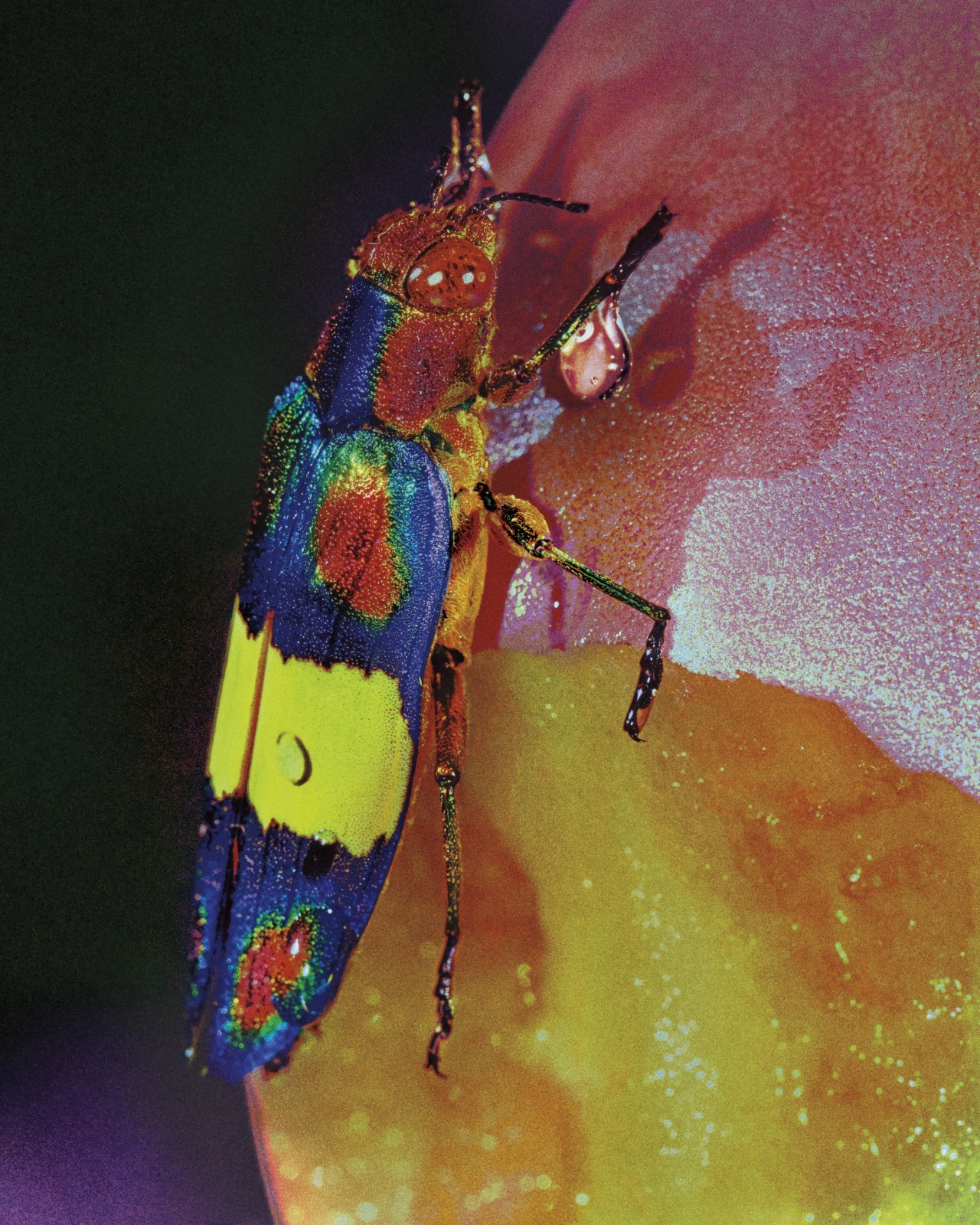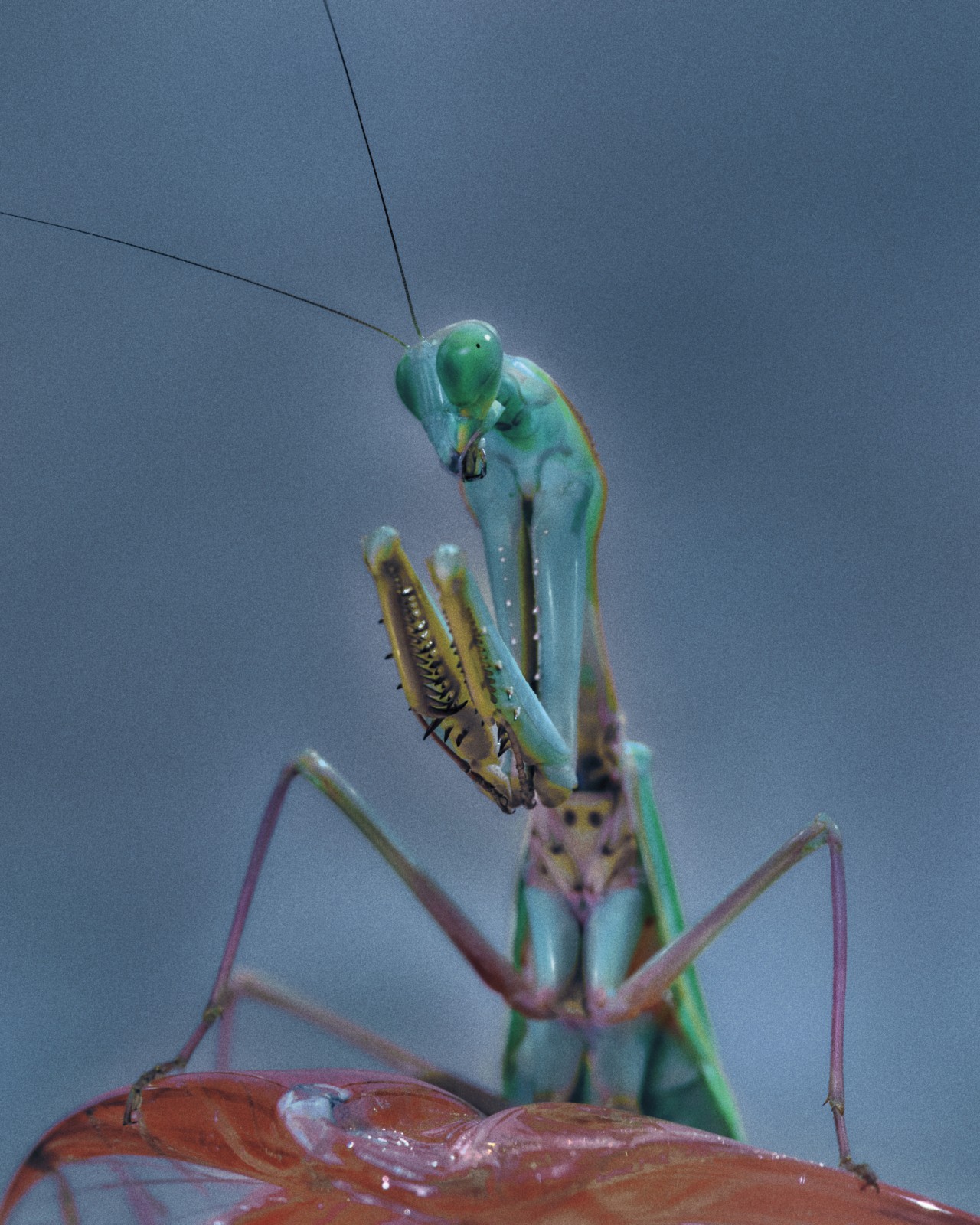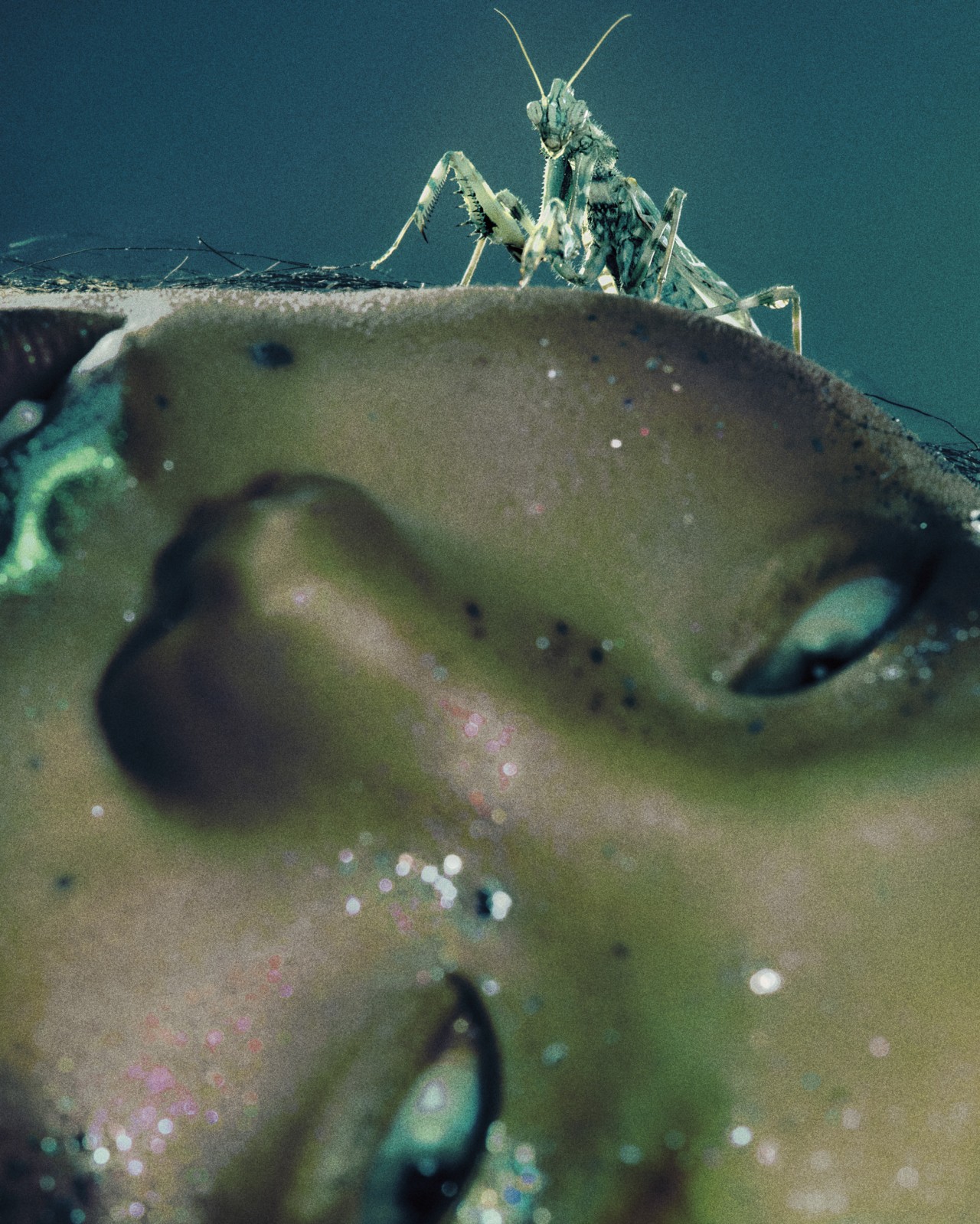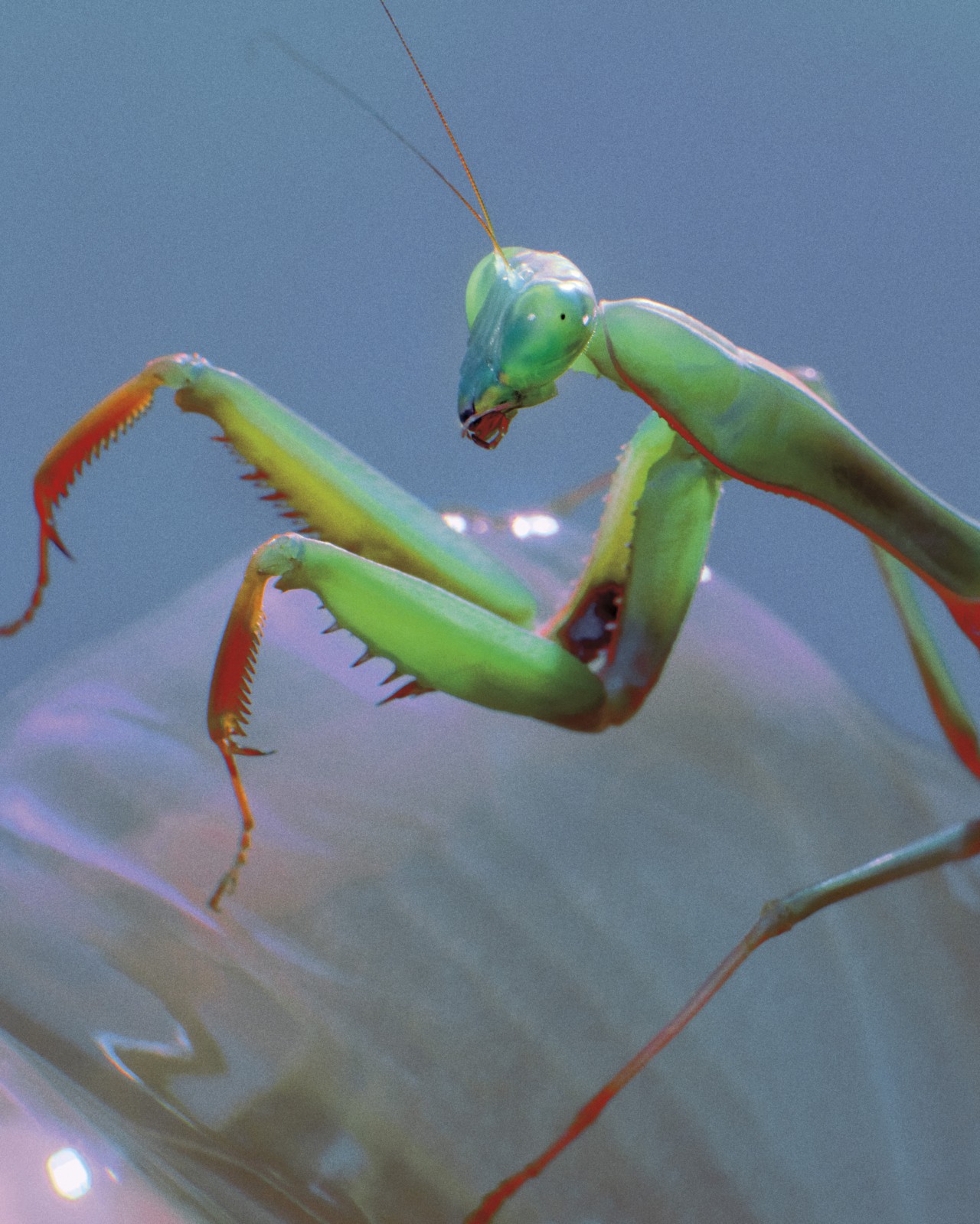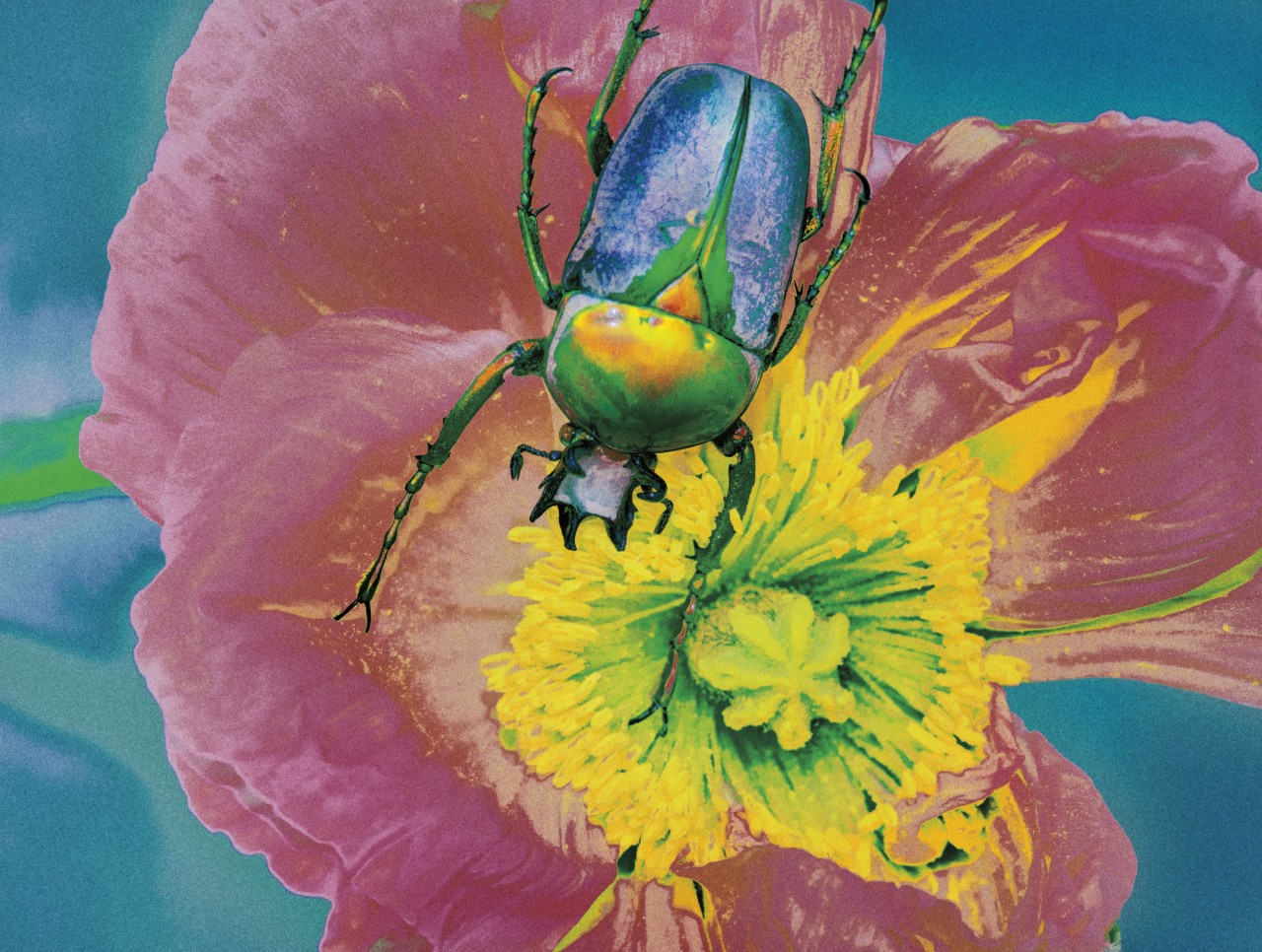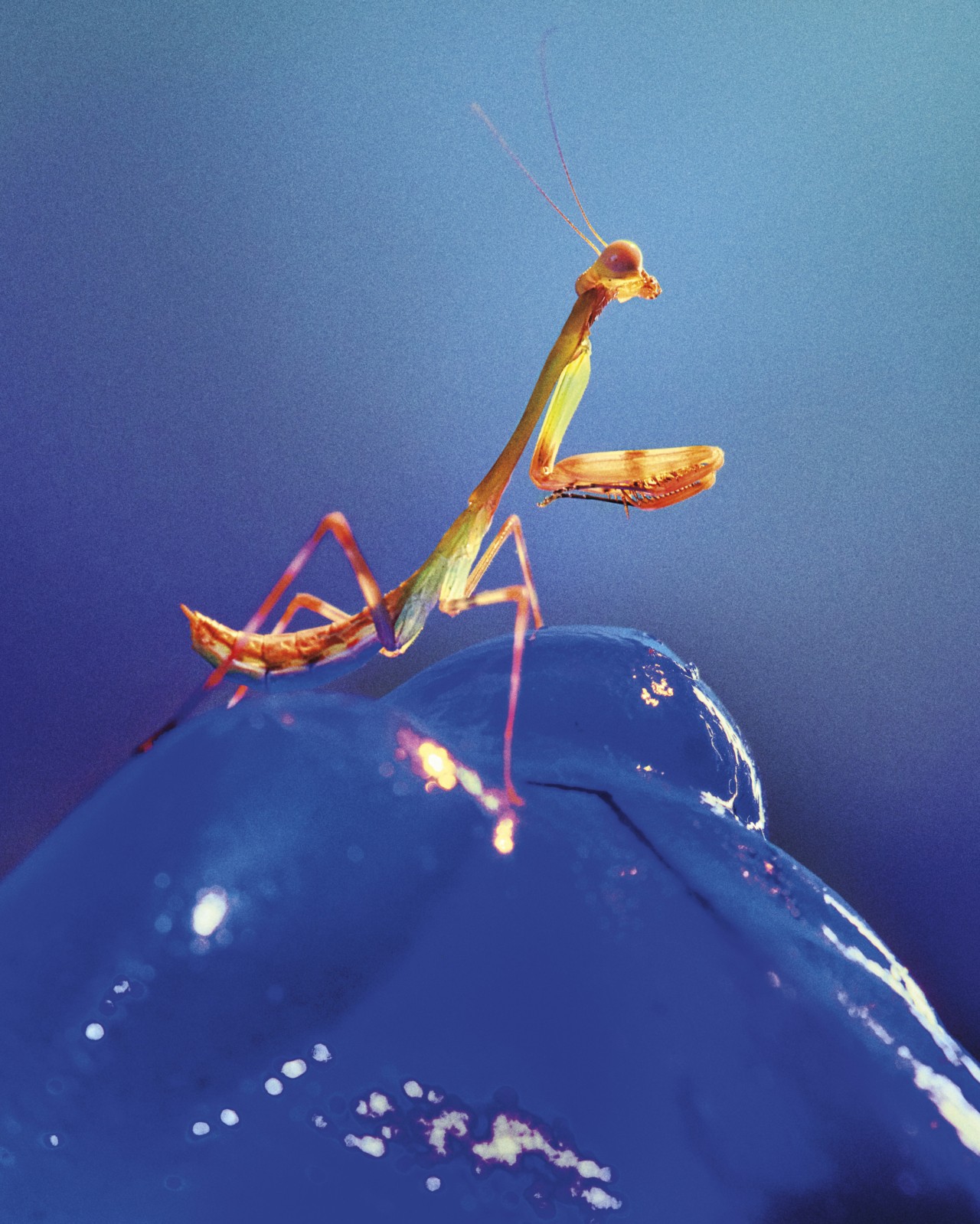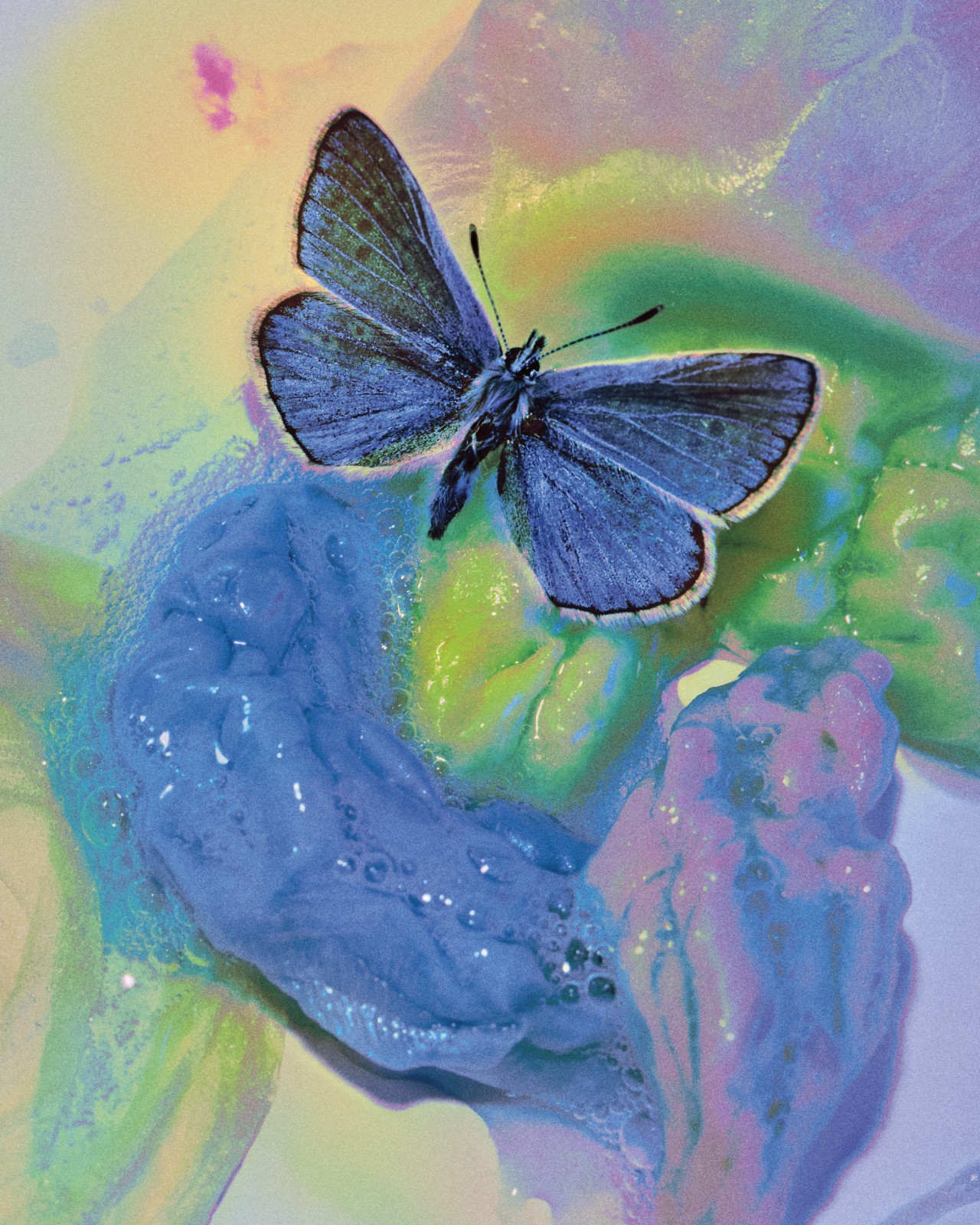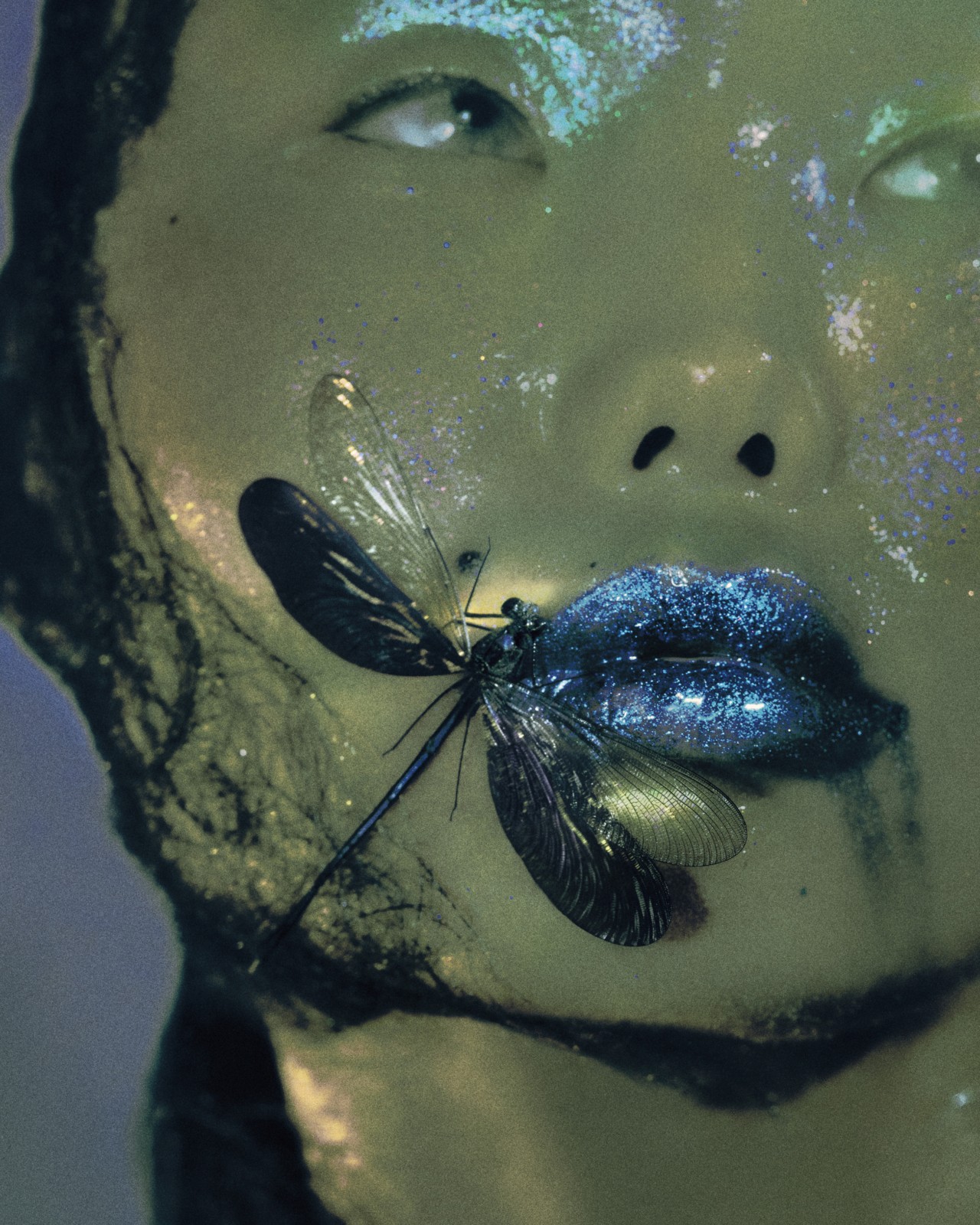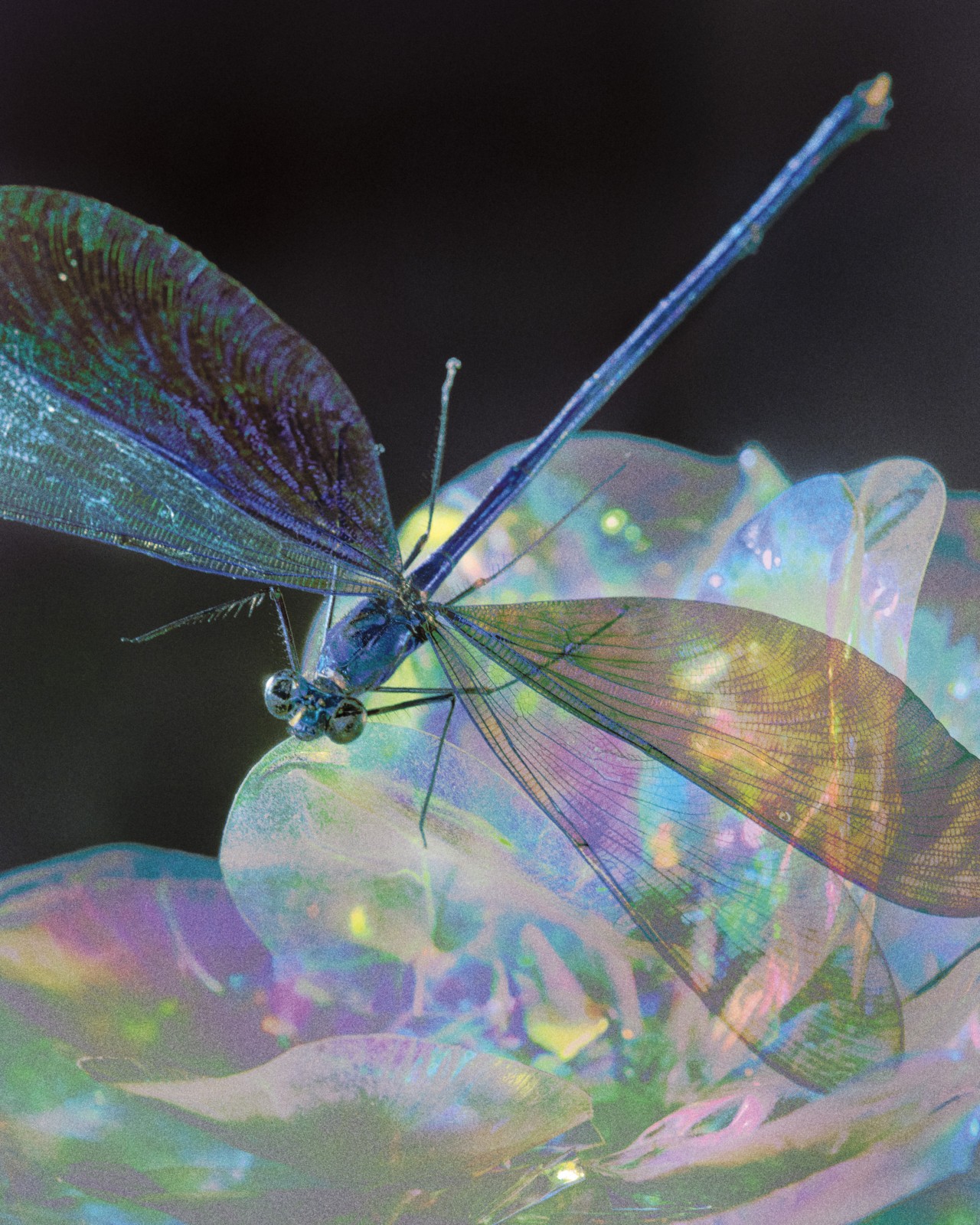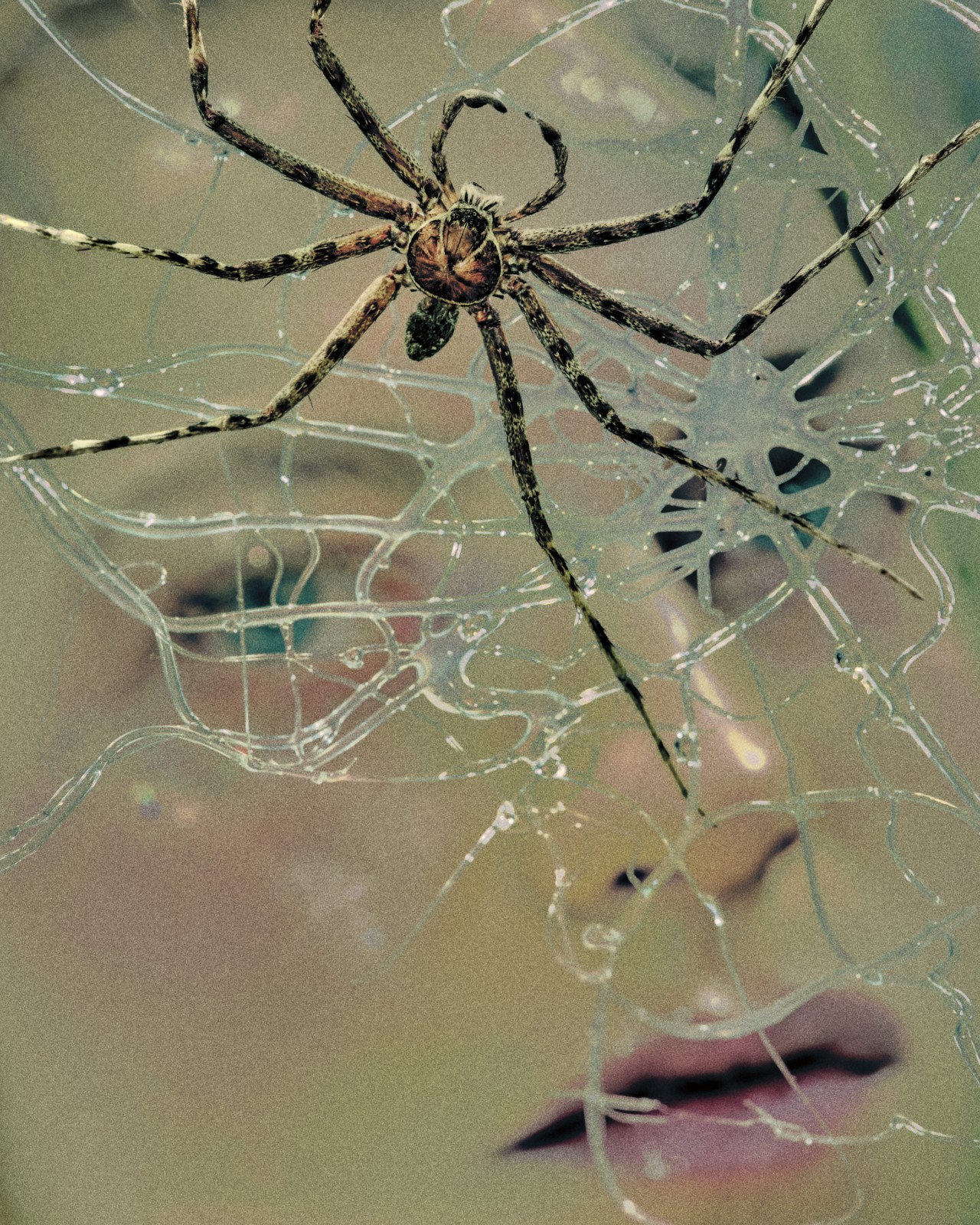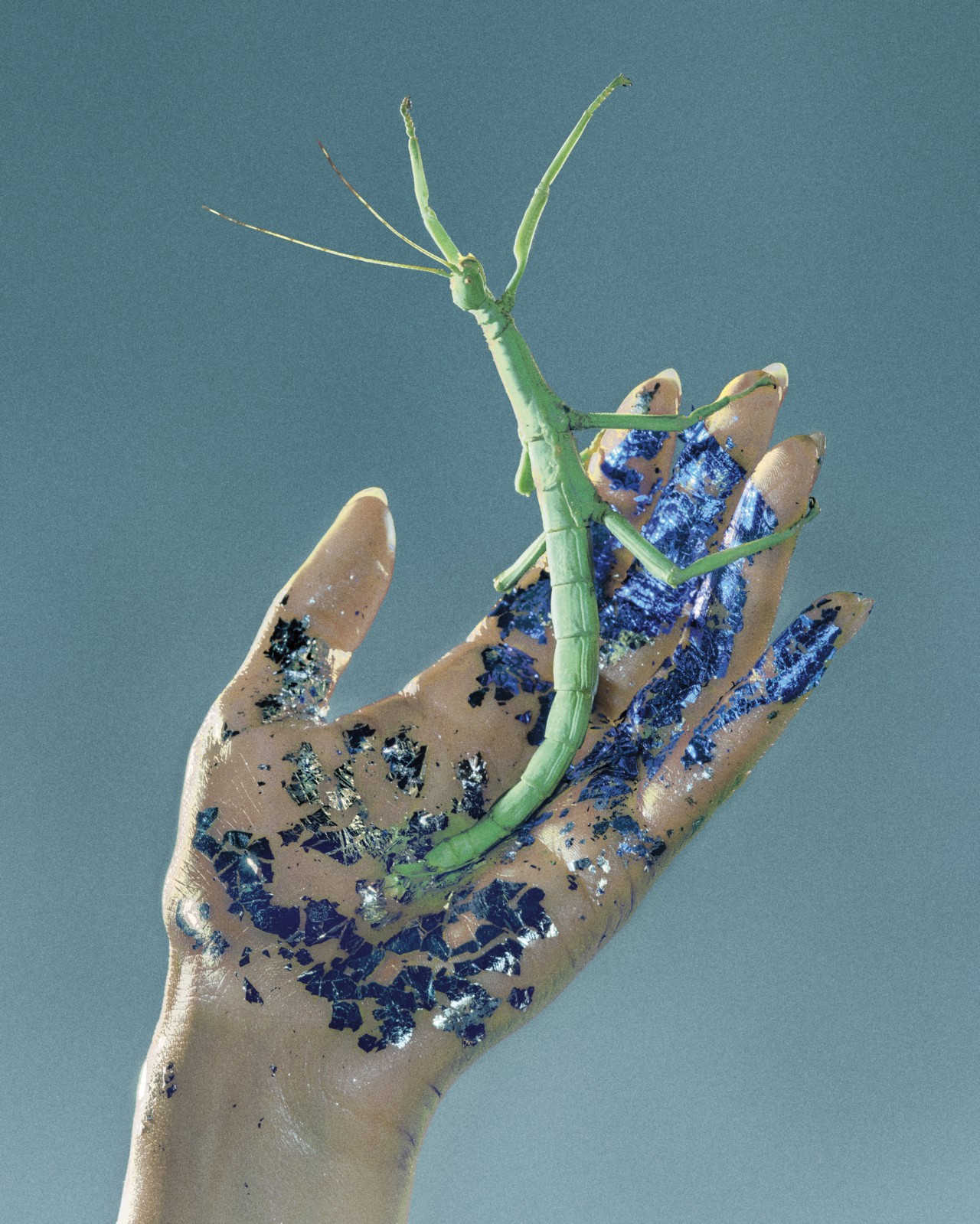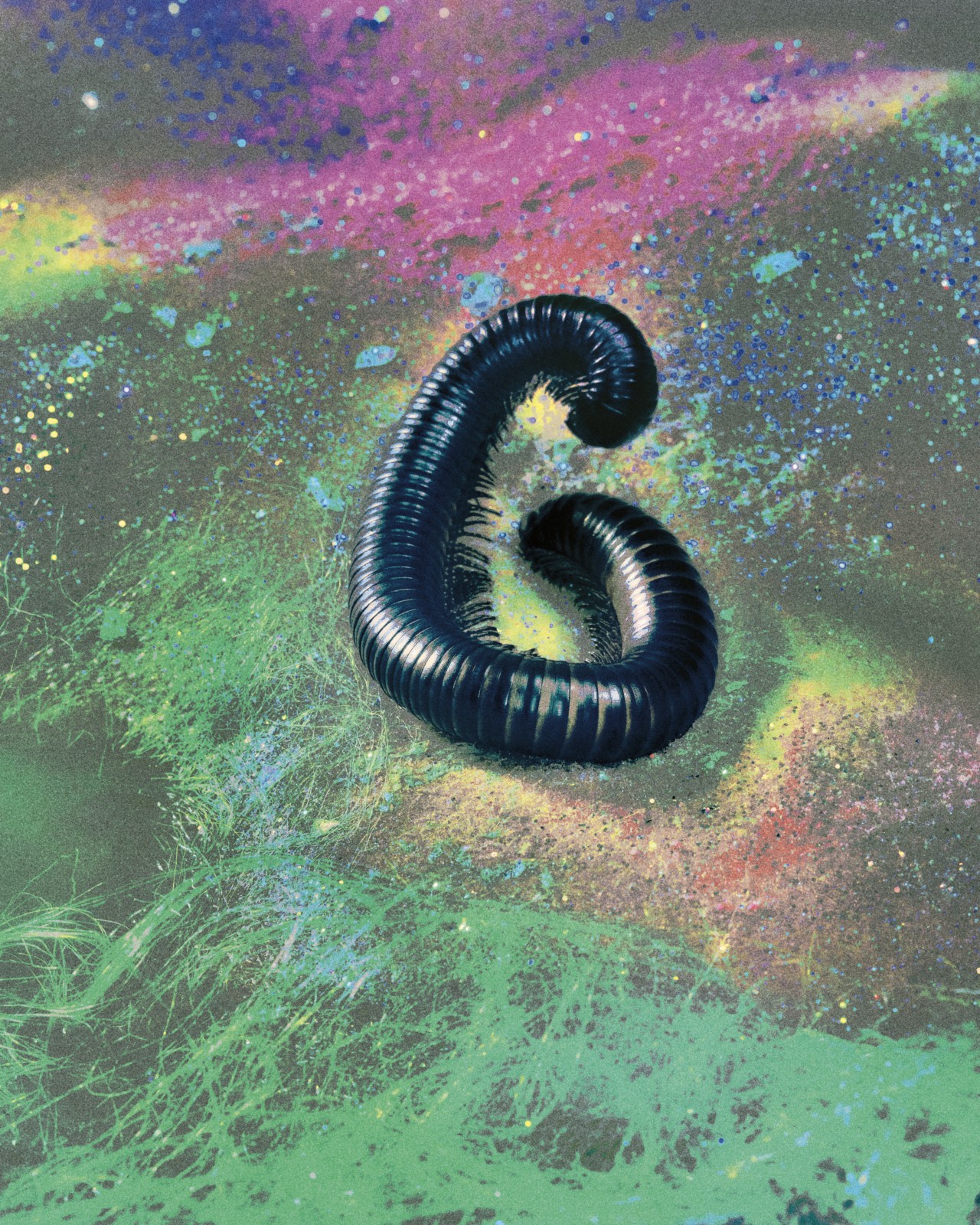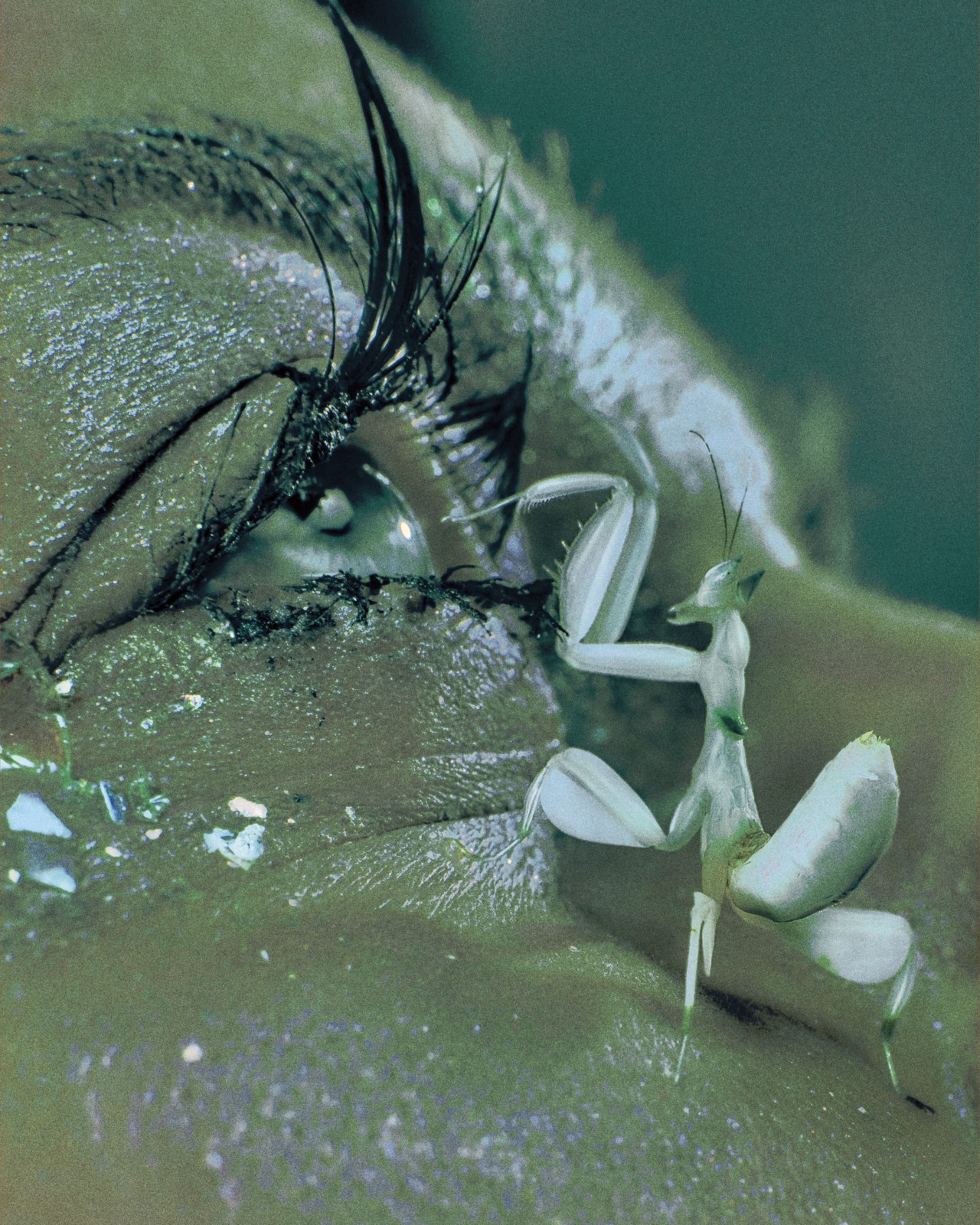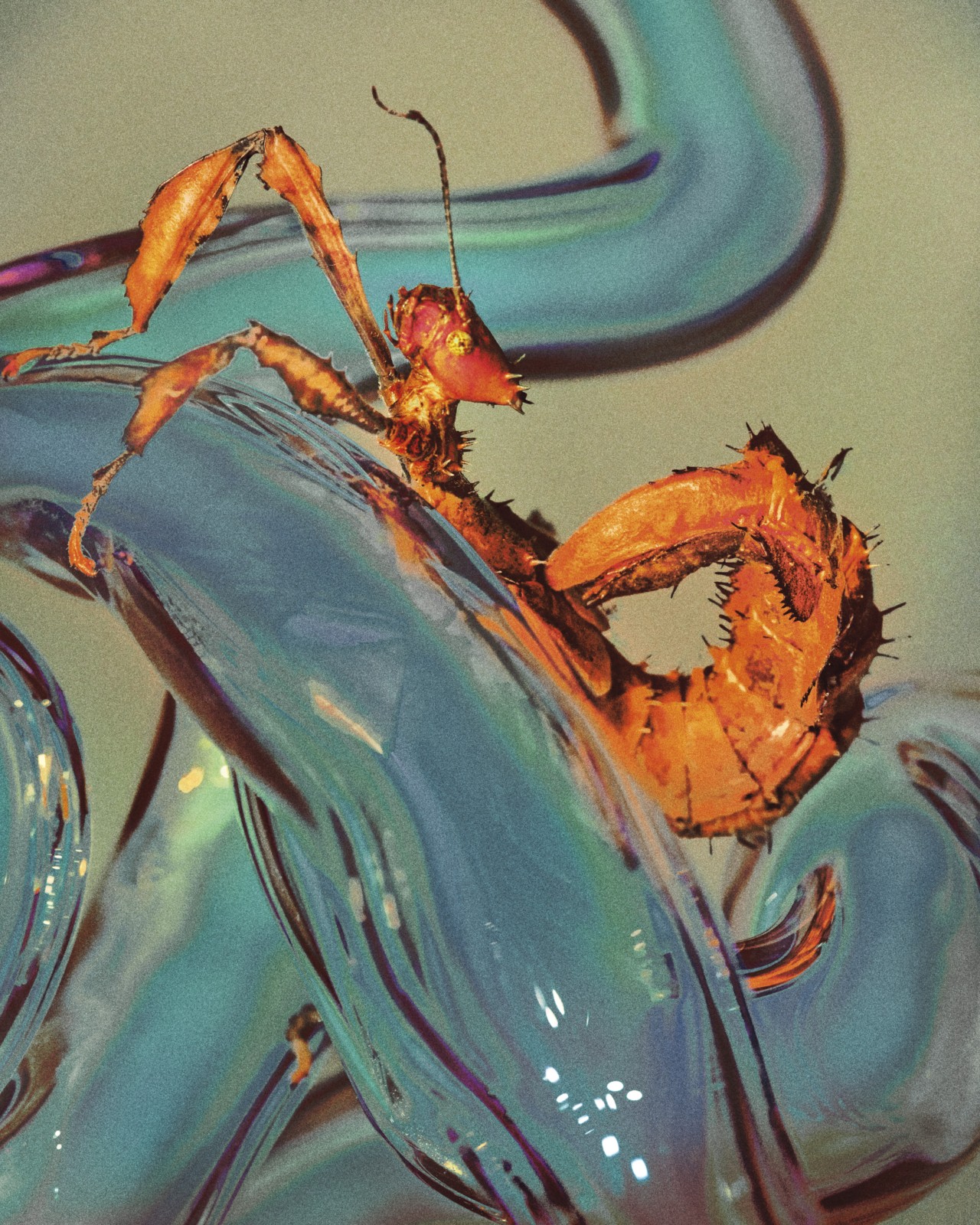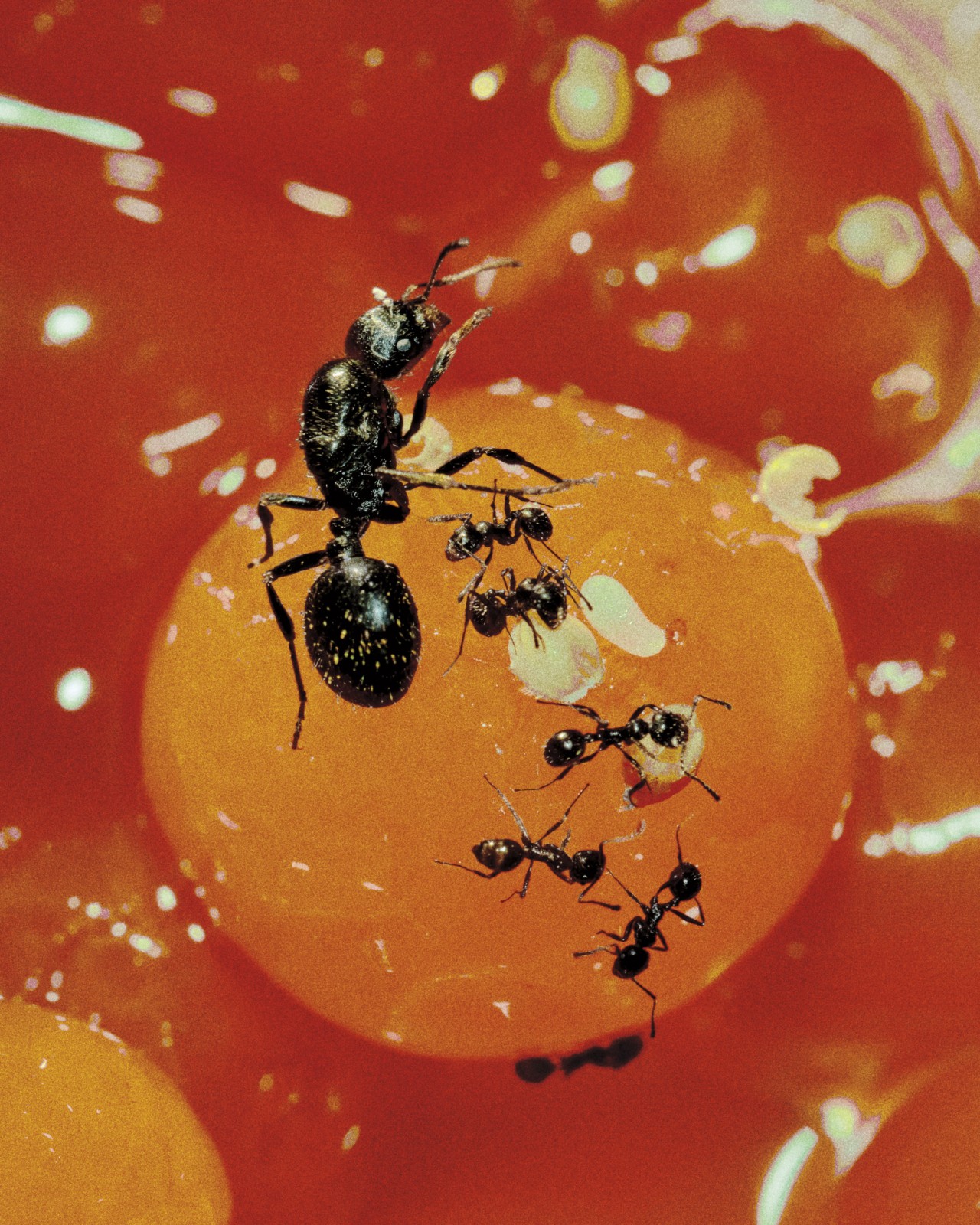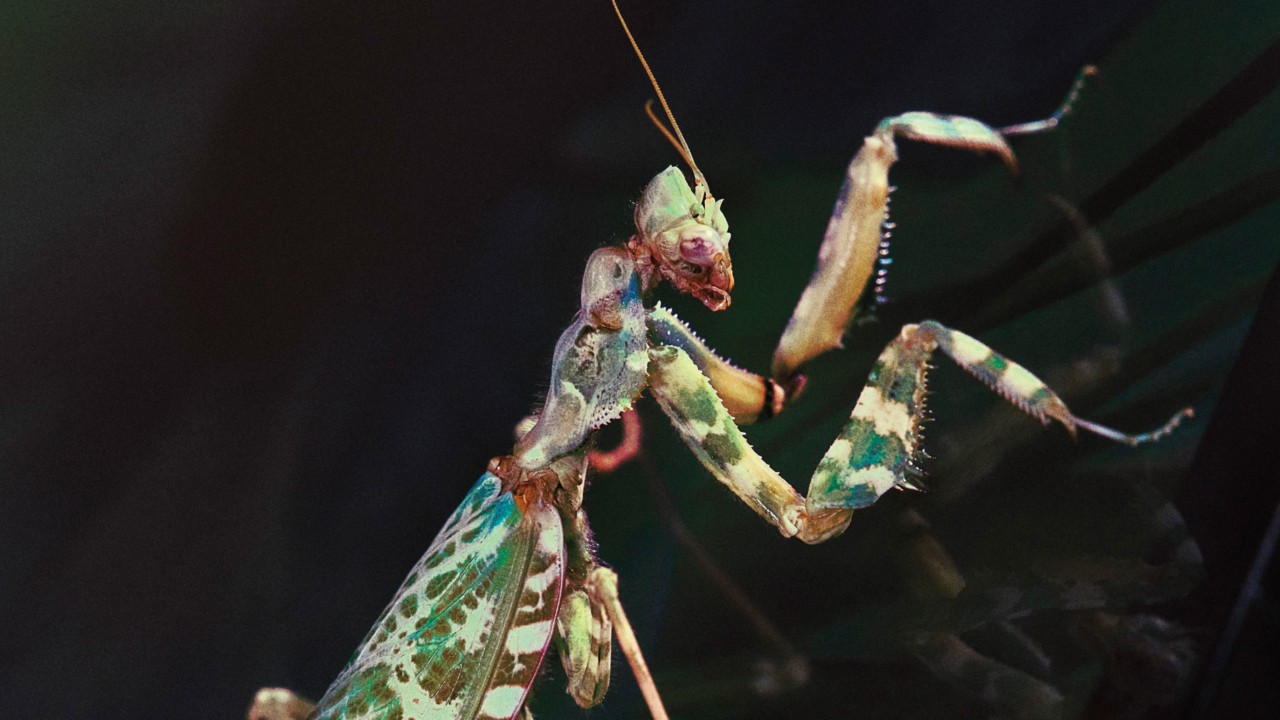
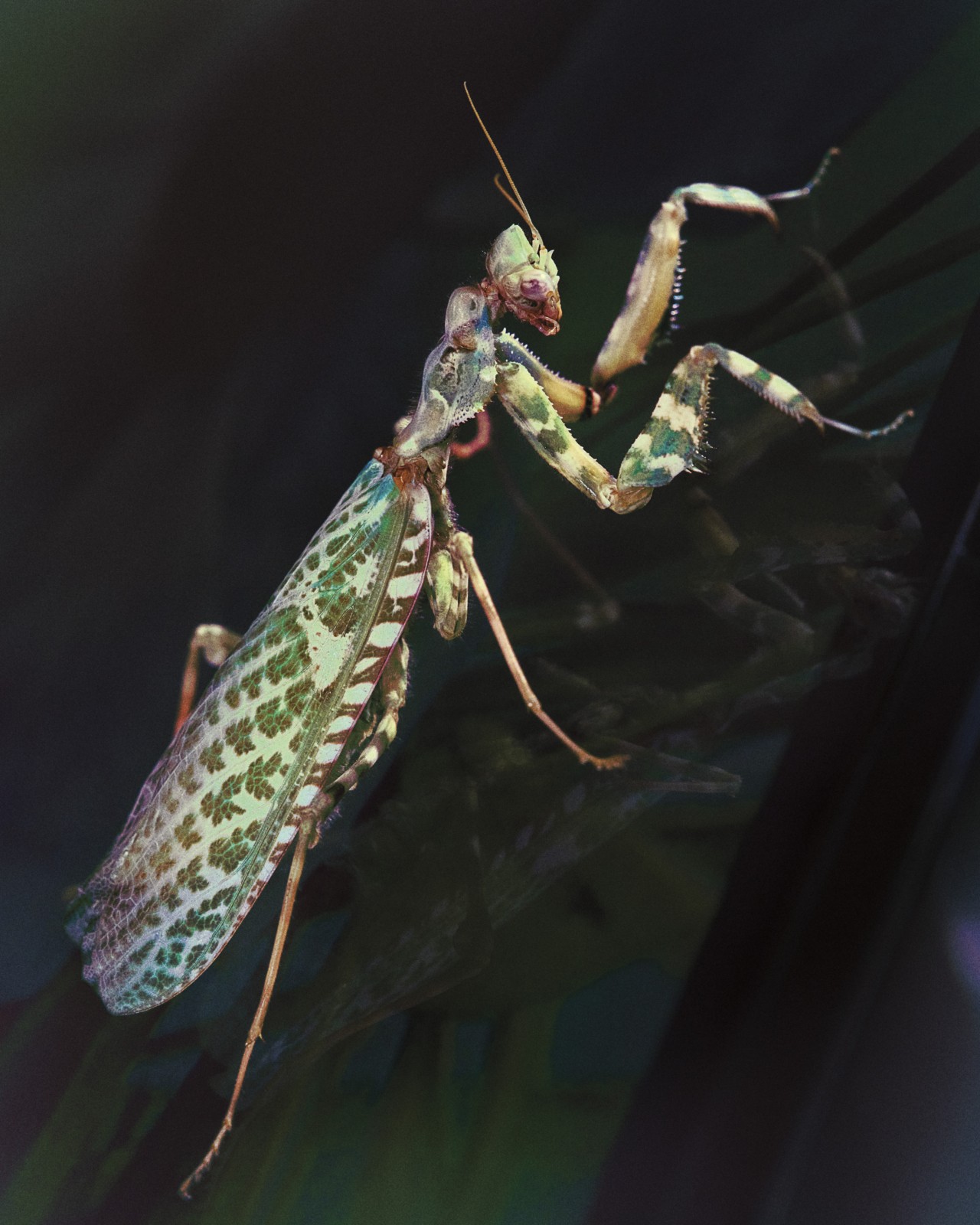
Words by Willow Defebaugh
Photographs by Elizaveta Porodina
Be sure to listen to this interview on our podcast, The Nature Of, titled “Janine Benyus on The Nature of Biomimicry and Designing Life.”
Over the years, I’ve asked many people to share their visions of a sustainable future. Few have articulated a response as clearly and elegantly as Janine Benyus.
She described flying into a city on a silent, transparent plane that runs primarily on hydrogen, over areas of untouched wilderness. She noted that while the urban and rural areas look distinct, they feel the same—the quality of life has not suffered. When you step off the plane, you notice that there’s clean air, birdsong, and fragrant soil. The design and architecture of the city is inspired by nature: Human artifacts emulate nature’s artistry.
The city features a circular economy with a local focus. Manufacturing takes place mostly at the edge of town, but not in a way that disturbs the habitats around the city. Manufacturing will not use high pressure or high heat, instead relying mostly on 3D-printing so fewer materials need to be shipped in. And everything in this vision runs on renewable energy, of course.

Most important, Benyus said, is the feeling.
“We don’t have the guilt or the loneliness that we have now,” she told me. “When I dream about this, I dream about how it would feel to feel at home on this planet, not as an interloper, but as a good citizen of this planet. Somebody who gives back as much as we are given, if not more…And we’ll have a practice of once again recognizing that we are not the first to do many things on this planet and that we could use some mentorship.”
The interspecies mentorship Benyus described is the foundation of biomimicry—a framework that she popularized with her 1997 book of the same name. As the cofounder of the Biomimicry Institute based in Missoula, Montana, she is passionate about changing how we approach design and turning to our fellow planetary inhabitants for wisdom. Think: bullet trains that take cues from kingfishers, shark skin-inspired antimicrobial surfaces, and temperature regulation modeled after termite mounds. These are designs as functional as they are artful. “I think we honed our senses for beauty, for good design, by watching other organisms,” Benyus said.
Benyus spoke with me about practicing biomimicry not only in the realms of architecture and engineering, but in how we design our very lives at every scale.


Willow Defebaugh
You once said that if there was one secret you wish you could reveal, it’s that we are surrounded by genius. Can you expand on that as it relates to biomimicry?
Janine Benyus
Well, the definition of biomimicry and what I’m about to say about genius, they’re very similar. We are the younger sibling of a very ancient lineage of organisms that have been here for 3.8 billion years on this planet. And we’ve been here for 200,000, maybe 250,000, as Homo sapiens sapiens. These organisms have learned to do everything we want to do, which is to live in right relation with this planet. And they’ve done it without guzzling fossil fuels or mortgaging their future.
They’ve figured out a way to live here, not just sustaining themselves, but actually thriving. And the real magic is that they’re constantly enhancing this place—making it an Eden. This planet 4.5 billion years ago was not hospitable to life. And life actually sweetened this place. It learned how to live here in a way that makes it better.


Janine
And that seems to me to be our design brief. Life creates conditions conducive to life. So what biomimicry says is, “Well, if there is an entire system of some 30 million species that have learned to work together doing chemistry, making materials, building their homes, provisioning their young, in ways that make a place better, then we’re really lucky, because we’re surrounded by genius.” These are organisms that can teach us how to get through this evolutionary knothole that we’re heading for and start to bloom on the other side of that.
Biomimicry is a practice of allowing yourself to be inspired by the rest of the natural world. Each time you go to make a new design, each time you go to make a decision, you say to yourself, “What has already solved what I’m trying to solve, and how?”
It’s usually many, many organisms who have done it. And they gift us their genius, with these solutions that have been cocreated with the Earth. So biomimics use nature as a measure for what goodness is: Everything from nature’s forms to nature’s processes to nature’s system strategies—we get to help [designers, architects, and engineers] emulate that. So that we can live here in the same way, gracefully.
Willow
I love that you say gracefully, because when you study the natural world, so much of the design, it’s so elegant. And I’m wondering if you can share some of your favorite examples of biomimicry in practice.
Janine
When we build wind turbines—you know, horizontal wind turbines, which have the long blades—we spread them out on the landscape, as far apart from one another as possible. Because we’re worried about turbulence and we want to get them away from each other’s turbulence.


Janine
Now, if you go to a trout stream, and you stand on a bridge, and you look down, you’ll notice this amazing thing where there’ll be a school of trout that will be rushing, almost at warp speed, upstream. You’re like, “How is that happening?” They can go from a standstill to warp speed. And scientists studied this movement and realized that the way they swim, they sort of curl their bodies. As they’re swimming, their tails create what’s called a vortex, which is a spiral in the water. And it’s going upstream, and so they throw a spiral that the fish right behind them and next to them curls its body into that spiral and gets flung upstream. And of course, they’re doing it for the next one, and the next one.
A guy named John Dabiri said, “Instead of taking wind towers and moving them as far apart as possible, why don’t we use vertical towers, which are kind of like a helix?” He did this out in California, and put them close together, where as one turned, it would create a vortex, which would send the next one turning even before the wind hit it. And he was getting five times the wind power of a wind farm that would have taken up so much more land.
We’re familiar with pigments, like flowers have pigments. But the most brilliant colors in the natural world, you know, the butterflies and the hummingbirds, that’s not pigment. What they do is they create structure out of the same common material that their wings are made out of. Say the morpho butterfly—it’s chitin. As they’re doing their wings, the last few layers are structured in such a way to play with light. So that when light comes in, it refracts and it bounces back in a way that amplifies the color blue to your eyes. And when we [humans] use pigments…textiles are one of the most unsustainable industries, and a lot of it is because of dye. Our rivers are just full of these dyes.

Janine
But now, people are starting to create structures that reflect and refract light in such a way to create the color blue or the color black to your eye. And you can tune it, whether it’s a fiber or something that you can apply as a pigmentless paint that dries in a certain way to create that color. It’s four times brighter than pigmented color, and it doesn’t fade. Pigments are chemicals that are really energetically and materially expensive to make for the organism. So a lot of them choose not to.
Willow
They found a more efficient way to do it.
Janine
Exactly, and a more beautiful way.
Willow
Learning from nature, seeing nature as a teacher, requires a humbling of ourselves. What does it look like in practice for you? How do you practice biomimicry in your everyday life as a human being trying to navigate being human?
Janine
The steps are, first, quiet human cleverness: Instead of trying to do it in your head, go find an example of a healthy ecosystem and figure out what’s going on there. Then, step two, listen without hunting for the next sound, because you’re not hunting for an answer, you’re listening. Go to a place that works and listen. Then, third, echo what you hear. Try to emulate it. And you’re going to have to go back a lot to understand how it really works. It’s a deepening conversation with the organism or ecosystem. The fourth step is a really important one: Give thanks. It’s not new for our Indigenous brothers and sisters, but it’s new for Western culture.


Janine
We’re so acquisitive as a little young species. It’s super important that you remove the false boundary between yourself and other organisms. I call this radical empathy. When I see a bird, I used to be like, “Okay, what’s its species?” Now I’m like, “What are you facing today? What’s it like to be you today? I’m looking out right now. Let me watch you, chickadee, in -6 [degree weather]. How are you staying warm? How are you getting ready for spring? And then when nest building comes, how are you building your nest? Where are you putting your nest? For what reasons? What are you making it out of?” These questions require that you respect the organism enough to know that it is meeting its needs. It may not meet its needs in the way we do. Because we tend to have taken materials and turned them into something that is unpalatable to the rest of the world. And I’m not saying we’re all going to live in nests, but I’m saying that the qualities of that nest are very important to pay attention to.
Willow
For anyone who isn’t a designer reading this and wondering how they can incorporate biomimicry into their work, what advice might you have for them?


Janine
I mean, we’re all designers. You know, you design your day, you design a party, you design lots of things. Design is any time you think with intention. And so, with each choice, the big question is: Does what I am about to do create conditions conducive to life? For other people, people who don’t look like you, people who don’t worship like you, people who you think of as different than you. And then do as Aldo Leopold said and expand your circle of kinship. Is it good for all life? That’s a big question, but what I would say is that, as you make purchasing decisions at work, as you make decisions about how to create a corporate culture, or your small company culture, is it good for life? Is it good for the life of your employees? Is it good for life [around] the place where you have your office? And don’t say, “I only lease this place. It’s not mine. It’s not my responsibility.” It’s always your responsibility.
That question will keep you occupied for a long, long time. And I would encourage you to go even deeper and do it in concentric circles: Make sure that you’re creating conditions conducive to life locally. And if that means buying a local product instead of something from really far away, do that. And start by looking around you. If you have a backyard, create ecosystem services in your backyard. If you have a balcony, do it in your flower pots. It’s taking agency and saying, “I’m going to create a set of positive benefits that come from me. And I’m going to learn how to do that by seeing how life does it.”


Willow
What is one of the most profound lessons you have personally learned from the natural world?
Janine
My biggest teacher really is this land [where I live]. When we got here, it was 100% Russian knapweed. Which is an invasive that is allelopathic, meaning it puts poisons out. And for the first 12 years, it was a war. It was always about how to get rid of it, and when we focused on how to get rid of it, we only got so far and actually didn’t feel great about it.
We refused to use chemicals, so we were using goats and stuff like that. Then we realized, “Oh, what if we add something instead of subtracting something?” So we started to broadcast seeds.


Janine
Every year we would have different kinds of grasses in a different mix. We would walk behind the goats and they would kick up the ground and we would broadcast seeds. The seed just kept adding and adding and adding diversity. And one year—it was amazing—it flipped like a phase change. It was unbelievable. And what was happening as we watched was that all this stuff that we’d added, all the diversity we added, that’s what healed the land. It wasn’t about taking away the thing that we were all focused on in a warlike way. It was about giving the grasses, the legumes, what they needed in order to flourish.
So there’s something about that that I’m still working with: When I think that I need to remove something—I mean, politically right now, of course—what do I need to add instead? What diversity will flourish here?


Talent Angela Chadaeva, Solène Riff Makeup Lynski Hair Amidat Giwa (Bryant Artists) Set Design/ Creative Direction Solène Riff Production Concrete Rep Casting Director Chouaïb Asrif (Artlist) Lighting Director Josef Beyer Photo Assistants Harry Hawkes and Morgann Eve Russell Set Assistant Cecilia Dumont Post-Production INK
This interview has been condensed and edited for length and clarity.
This story first appeared in Atmos Volume 11: Micro/Macro with the title, “Art Imitates Life.”
Surrounded by Genius: Lessons From Nature on Great Design
